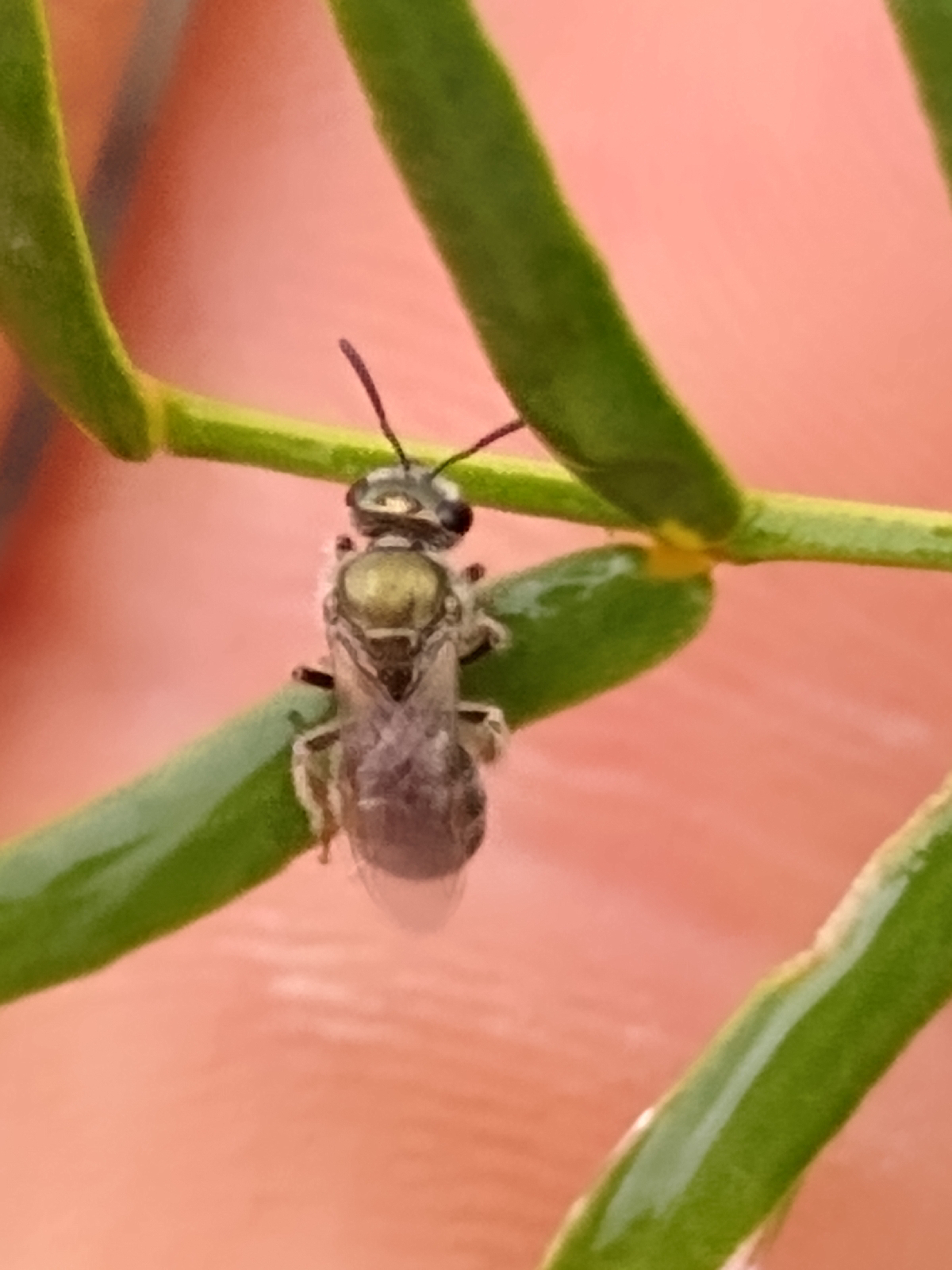For better, or worse, the population is traveling again. Hopefully there are some lessons learnt. There will always be new challenges for the world to travail.
Ballooning is a strange form of travel that has transitioned into a weird form of community activity. Watching strangers working together to bring in an envelope was actually quite inspiring in these isolating times. A whole community of vehicles gathered over three rainy days at Elephant Butte reservoir to watch hot air rising. For two days everything was cancelled due to weather, but on the last morning, 12 balloons lifted off and drifted across the lake.
The birds were much less impressed with the activities, having learnt flying many aeons ago. The presence of so many people did have an effect on the local wildlife. This osprey kept an eye out for fish detritus, normally the gulls would have gotten here first, but those have not migrated into the area yet.
I think this is juvenile bass. I'm not sure what was killing these fish that were washing up on the shoreline, but the lake has had very low water levels and high temperatures until this week.This crow is a patient scavenger, and was watching the humans boon-docking on the shoreline very closely. It was more likely to snag a hotdog than a dead fish.
The planted desert willow trees are a very important resource for the local wildlife. Here is a species of sphinx moth (hummingbird moth) feeding. I took many shots, but the automated camera shutter was not able to close fast enough to get a crisp picture.
The area's plants are desert transition species and the rain had let the local mesquite trees drop their pods for dispersal by ruminants, like cattle. I don't think it is honey mesquite. The sticky seeds did not taste sweet. It is some form of legume, often found where the sandy soils have little nitrogen in the ground.
There were several species of hummingbirds among the desert flowers. They were very vocal, and as usual, would not hold still.
I was happy to find this stick insect in the shrubs. This large specimen was missing one of its legs, it moved pretty fast and was a lot more feisty than I expected.
If you looked closely, the area was alive with small insects of different types. There was a large number of tiny bees. This one is a sweat bee species - Halictini
This tiny beetle should be a chequered melon beetle. It is at the northern edge of its range in New Mexico.
I understand tarantula migration season has begun, so don't be fooled by these smaller wolf spiders. They are nowhere near stocky enough to impersonate those traveling hairy critters. Neither species is dangerous to humans.
It was nice to see a different lizard species. The bosque tends to be a little monotonous when it comes to reptiles. This sandy fellow is a twin spotted spiny lizard. those big toes are great to spreading out over the sand for a better grip. The large, smooth scales on the snout help burrow after insects and for nesting.
this groundcherry plant is in the nightshade family but looks a lot more like an edible plant than the silverleaf nighshade. Some species are not edible, other types apparently taste like strawberry and pineapple
The hornworms (See horn at posterior end) can't tell the nightshades apart and happily munch on them all (like the tomato plants) The wet weather does not agree with them and I have been finding many of them dead under the plants.
I have never seen cockleburr flowers before. These bunches of tiny flowers attracted so many honeybees the hum was audible quite a distance away. There was so much pollen the leaves had a thick dusting under them.
The clear ditch is at a low water level and weed choked. The large carp would have a lot of trouble in that kind of water, so have congregated in areas of deep, clear water that until recently were muddy and swift flowing.
The growing conditions couldn't be more ideal, so the weeds are quick to take advantage of this. Also in the picture is the MRGCD contracted ditch mower.
I think this is a Swainson's hawk, quite a bit smaller than the red tailed hawks we will see during the autumn months.
Autumn is coming. Most fruit trees are heavily laden, with branches cracking under the weight of the apples and the high winds. This bounty is wasted on the people, but there are many animals who will take advantage of a big pile like this. The waste apples used to be made into cider and vinegar. These days, even the slightest blemish means an apple ends up on the ground.
This crow is working on a bagworm. The trouble of ripping open the silken bag is likely not worth the prize inside.
The warm weather catfish often die as the temperatures fall and the oxygenators at the Liam knight pond are turned off. When the catfish disappear, the numbers of juvenile bullfrogs jumps up.
Bullfrogs eat tadpoles of any species and actually are not very good at catching insects. However, they are incredibly adaptable at taking advantage of any food source. We are likely to see a lot more mosquitos this year, hopefully these frogs can put a dent in those numbers.
























No comments:
Post a Comment